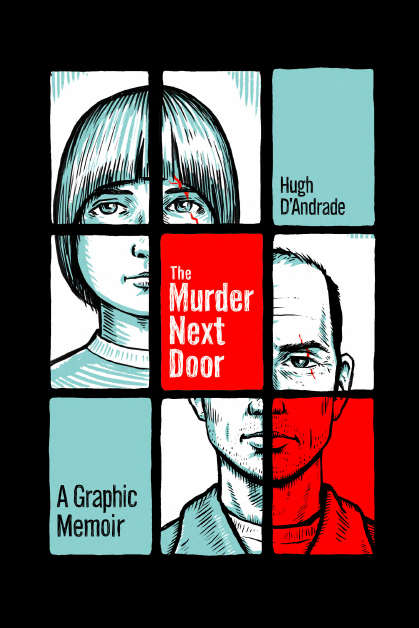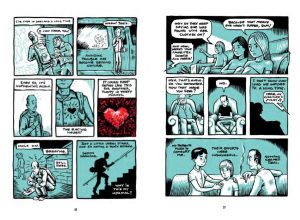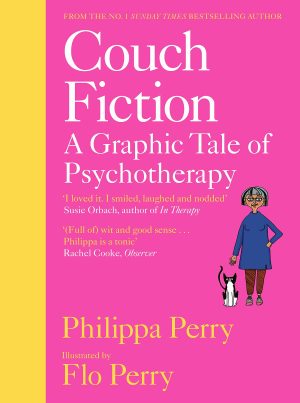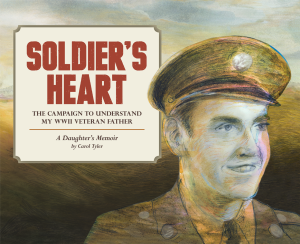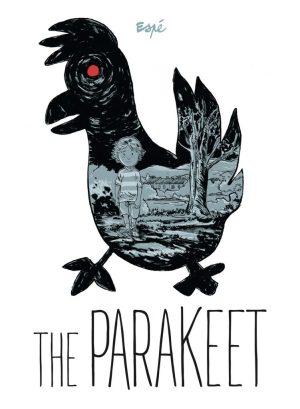Review by Frank Plowright
When still a child Hugh D’Andrade was guided towards a neighbour’s house by a friend who told him there was a body inside, and discovered Mrs. Bauer had been murdered. Hugh has since remembered the event every day at some stage, but forty years later it’s nagging at his subconscious, manifesting during dreams and meditation. He’s been having therapy sessions, and conversations from these sessions feature, but the primary motivation for The Murder Next Door is D’Andrade exploring how people cope with trauma.
His therapist tells him it’s different for everyone, but always leaves an internal scar. In D’Andrade’s case it manifests in sudden panic attacks, and in exploring why that’s happening in his adult life D’Andrade recalls his childhood years. Today he would receive extensive therapy after what happened, but in the late 1970s the expectation was that life would just go on as normal. It doesn’t.
Part of the recollection is how much he loved drawing when younger, and as an adult he has a tidy line in cartoon realism, detailed and emotionally strong. Robert Crumb is an influence, the pages certainly displaying his precision, and there’s no resorting to sensationalism, just solid presentation of fact and feeling.
D’Andrade’s been through an awful lot of torment and explores the crime from decades past in a narrative simultaneously involving present day analysis, while weaving a mystery into a healing process. There’s the suspicion of who committed the murder, and tension about whether the graphic novel is a form of exorcism. D’Andrade wonders whether the experience shaped his idea of women, and there’s certainly guilt to be purged about his teenage attitudes, yet from what we see of his later activism and respect for women his internal fears about the possibility of being a danger are unfounded.
There is a form of conclusion to everything with the therapy process playing a large part in the final chapter’s intriguing conversation, which is a recognised healing technique. There might have been a segue into high murder statistics in the USA, and speculation about how many others have similar trauma, but that’s a route not taken as D’Andrade keeps everything personal. The Murder Next Door is an absorbing catharsis that may help in healing others who’ve never fully addressed a traumatic event, and it should certainly prompt greater understanding of a relatively complex issue.
